These Extremely Cute Animals That Are Unique To Latin America Will Make You Say ‘Aww’
If you’re an animal lover, you’re in for a treat because we have incredible animals on this list such as capybaras, llamas, toucans, and other lovely creatures that you’ve never seen before!
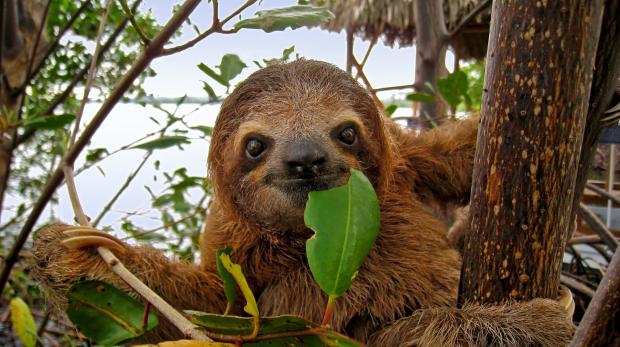
The three-toed sloth
Since these animals move very slowly algae grows on them, giving their fur coat a greenish tint that serves as camouflage in the forest. From feeding to mating to sleeping, they basically spend their entire time in trees. Also, we need to add that they sleep around 15 to 20 hours a day, and honestly, that’s the life we want as well!
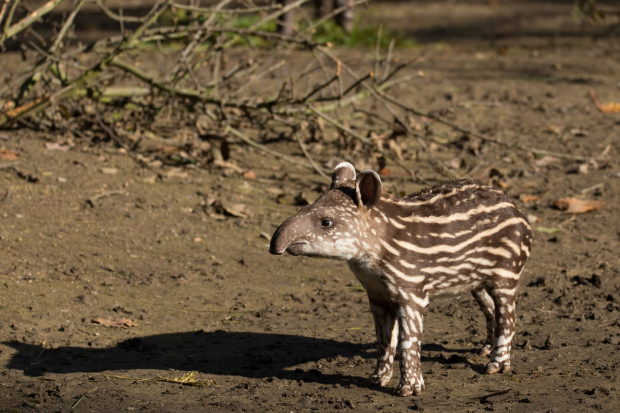
The Brazilian Tapir (aka the South American tapir)
Tapirs are ancient animals that have been around for millions of years, but you have probably never seen one before! They have a lot in common with horses and rhinos, much more compared to the other animal species, in fact. Apart from sensing scents, their tiny trunks may be used as a snorkel when submerged and for collecting leaves and fruits to eat. As camouflage, baby tapirs always have striped and spotted coats (Isn’t this just cute, though?).
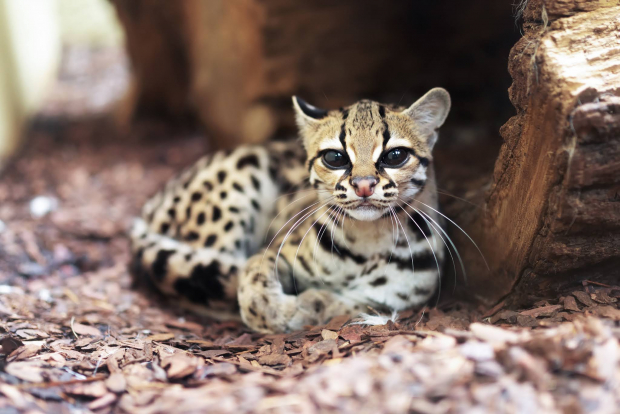
The margay
The margay, also known as the tiger cat is a nocturnal and solitary animal. Apart from the fact that it dwells in thick woods nothing is known about this mysterious animal. It looks like an ocelot (also native to Latin America) but has a longer tail and a wider face. You may think this is just a harmless innocent kitty, but it’s actually a true wild cat, so beware!
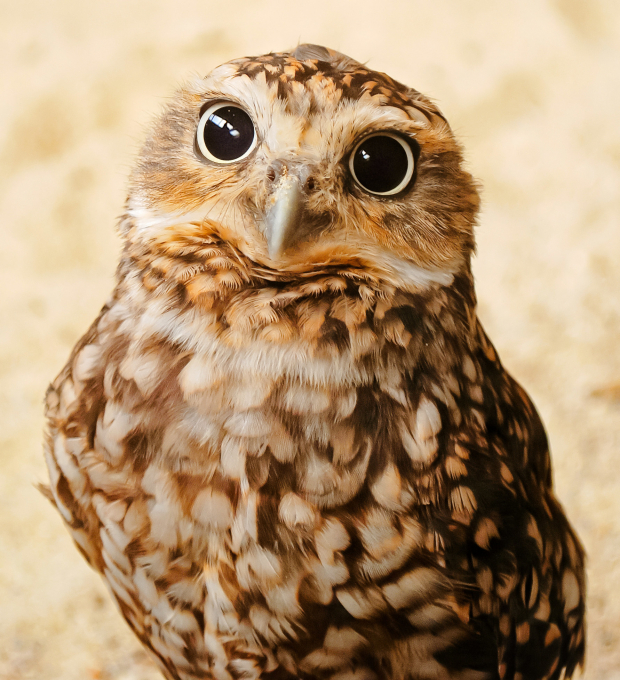
The burrowing owl
They are the only species of small owl that perches on the ground. When alarmed, they usually run or flatten themselves against the ground in place of flying away. Burrowing owls, different from most other owls, are diurnal, meaning they are more energetic and active during the day. Due to their huge, cartoonish eyes, you’ll recognize them as soon as you see them.
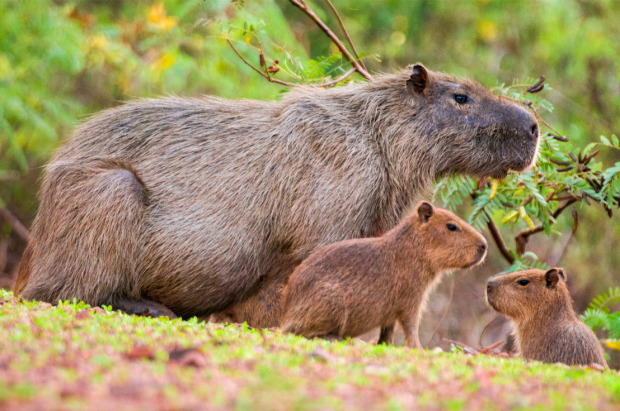
The capybara
The capybara, which is named “the chillest mammal ever”, has no problem getting along with other animals. It’s an ordinary thing to see it riding birds on its back, because well, why not? The capybara is a rodent that’s in the same family as guinea pigs and cavies.
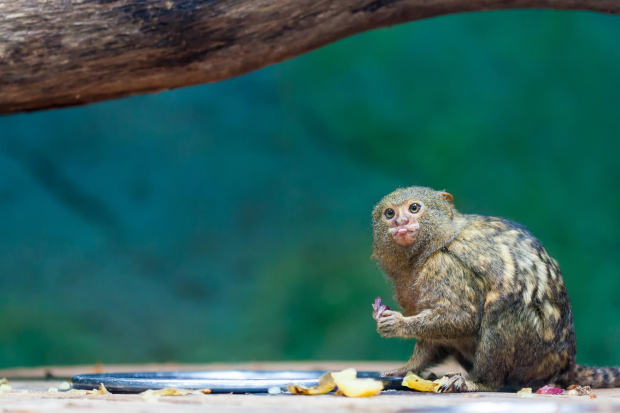
The pigmy marmoset
This is one of the smallest monkeys in the world and it fits comfortably into a human palm and weighs approximately the same as a baseball. However, we warn you not to try and pick one up in your hand since they have razor-sharp claws (which help them climb trees much better)! They don’t have opposable thumbs, unlike other ape species.
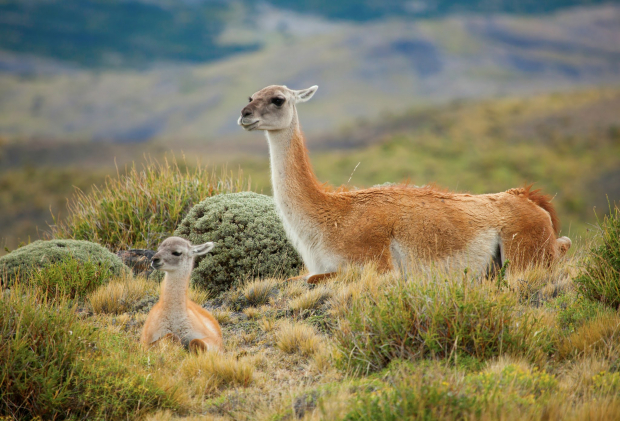
The guanaco
The guanaco is a member of the camel family, even though it doesn’t have humps. You can think of them as llamas’ and alpacas’ wild relatives. They spit if you get them annoyed, so we advise you not to get in a guanaco’s face.
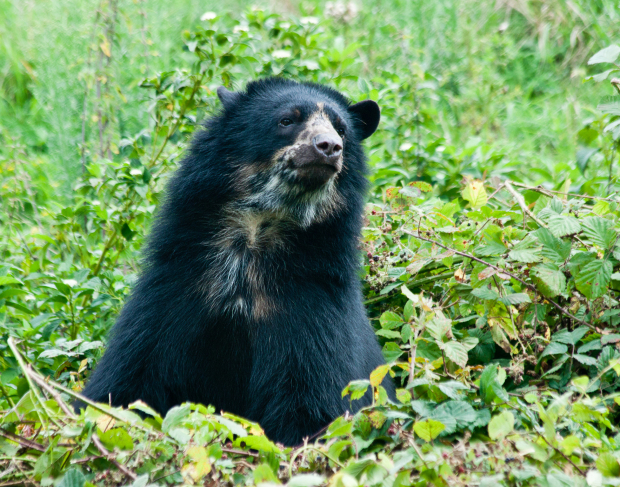
The spectacled bear (aka The Andean bear)
The spectacled bear is the only surviving bear species in South America. Their name comes from the light colored fur that surrounds their eyes, giving them the illusion of wearing glasses (you can say they are bears of culture). They don’t hibernate, unlike other bears, as they live in a tropical climate.
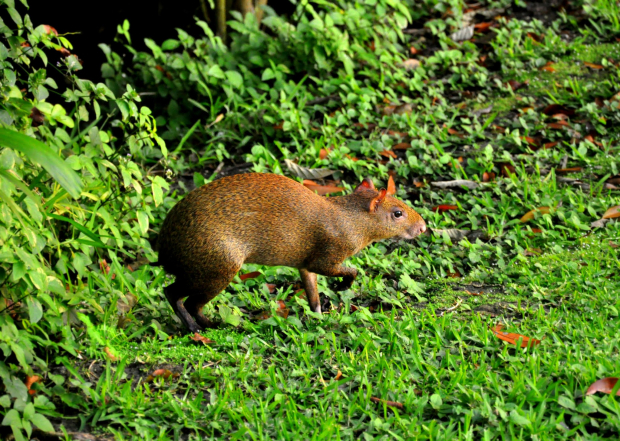
The agouti
The agouti is a rodent that looks like a large guinea pig with a teeny, tiny little tail. It has slicked-back hair (in fact, we think Danny Zuko from Grease would be jealous!) and it’s one of the very few mammals that are capable of cracking open the tough outer shell of a Brazil nut.
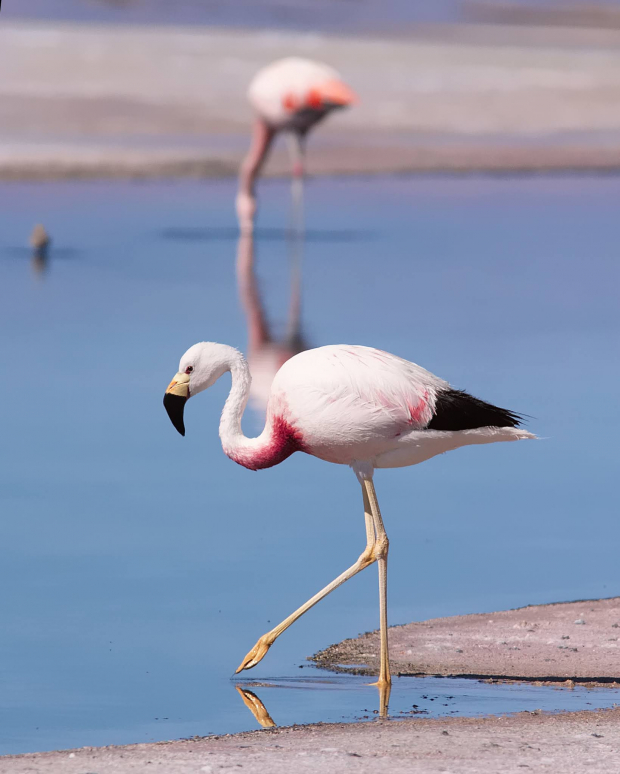
The Andean flamingo
The Andean flamingo is different from other flamingos; it is a cool flamingo (even though you can argue all flamingos are pretty cool). You can distinguish it from other species thanks to the black triangle on its back. Sadly, it’s also the rarest species of flamingo and it’s endangered. Along with the Andean flamingo, it’s also possible to find the Chilean and puna flamingos in Latin America.
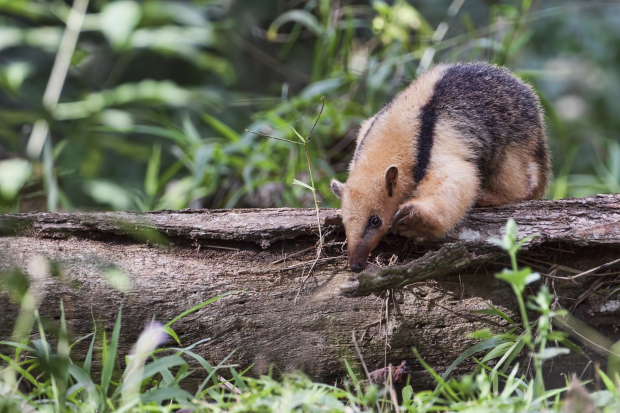
The southern tamandua
The tamandua seems like a very cute anteater and eats like an anteater, however, what makes it different from an anteater is that it lives in trees. Tamanduas are relatively awkward on the ground as they must walk on the outside of their feet to prevent being harmed by their claws (If tamanduas could watch and understand films, we’re sure Edward Scissorhands would make them cry). Fun fact: They don’t have any fur on the underside of their tails, and that helps them to hold tree branches more securely when they travel through the trees.
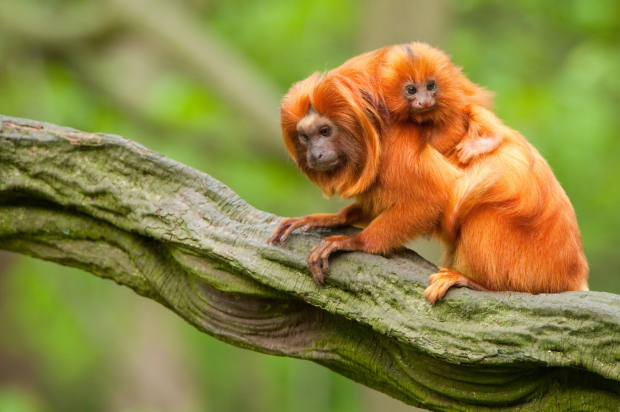
The golden lion tamarin
With their thick manes, these tiny but majestic monkeys, sometimes known as the golden marmoset, look like little lions. Male golden lion tamarins help to look after their young and usually carry the infants on their backs in between feedings (so cute!). Tamarin babies are usually twins, which is a fun fact. And here’s a not-so-fun fact: golden lion tamarins were on the verge of getting endangered in the 1970s, with as few as 200 remaining in the wild. They were upgraded from critically endangered to endangered in 2003 as a result of conservation efforts.
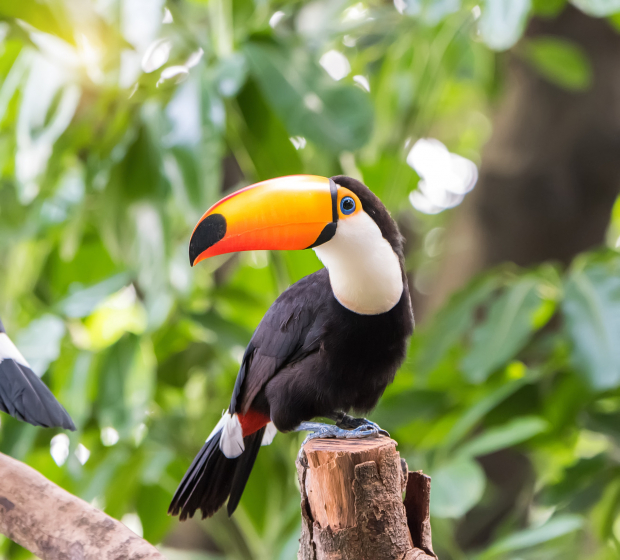
The toco toucan
The toco toucan is definitely one of the bird species that most of us know. Even if you’ve never seen one of these birds in person, you’ve probably seen one of them on a box of Fruit Loops. People are still uncertain as to why toucans have such big and colorful bills, even though they’re undeniably beneficial for obtaining food. These gorgeous birds are smart, lively, and just very pleasing to look at.
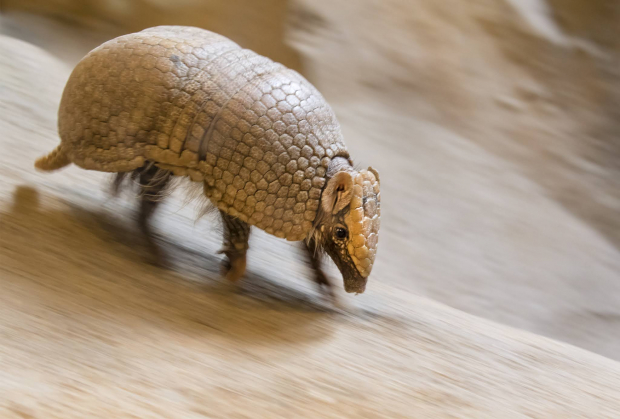
The southern three-banded armadillo
What you see here is the only armadillo species that is able to roll up into a complete ball (which protects them from predators and thorny plants). Do you also think this creature was the inspiration behind Pokemon Sandshrew or is it just us?
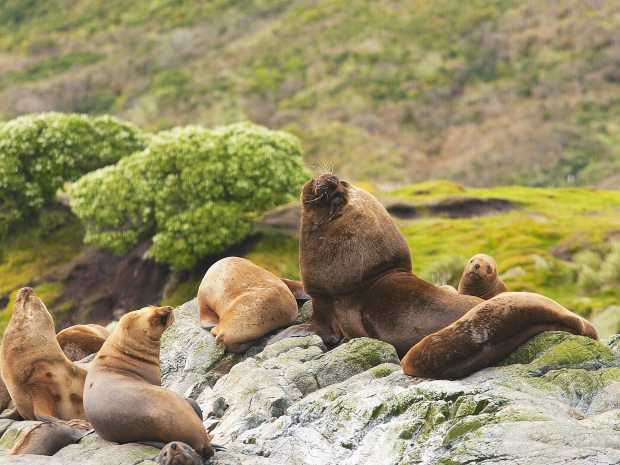
The South American sea lion
It’s probably enough to use one word to describe the South American sea lions: that. They have huge necks, heads, and upturned noses. The males are roughly nine feet long and weigh approximately 800 pounds. They’re particularly adorable when they’re having a long nap.
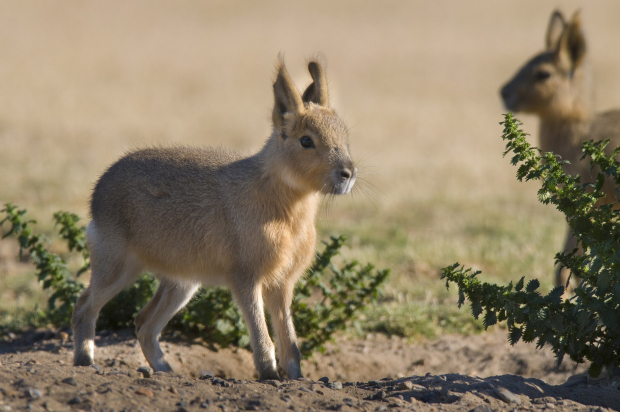
The Patagonian mara
At first glance, one of these herbivorous rodents might be mistaken for a jackrabbit. But, this four-legged cutie is also known as a Patagonian mara, a Patagonian cavy, a Patagonian hare, or a delay. Patagonian maras travel in mated pairs, so it’s not possible to see them alone.
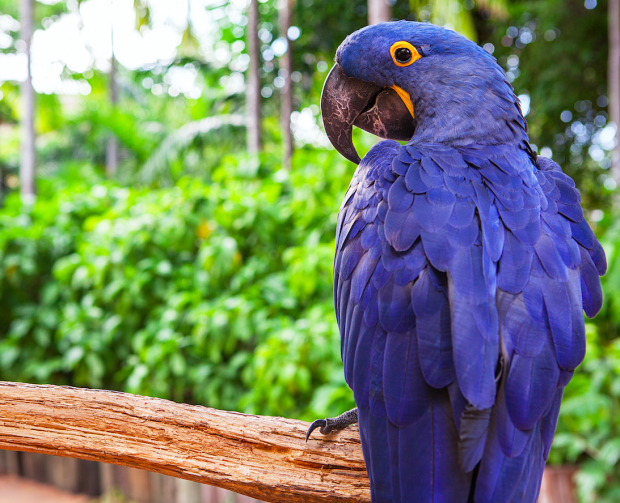
The macaw
Macaws are giant, colorful members of the parrot family (the one you see in the picture is a hyacinth macaw, the largest parrot in the world, with a wingspan of over four feet). They are very intelligent, and certain kinds can even mimic human speech. These loving birds mate for life. Along with reproducing with their partners, they also share their food with them and groom each other. So, it’s safe to say they’re incredible romantic partners!
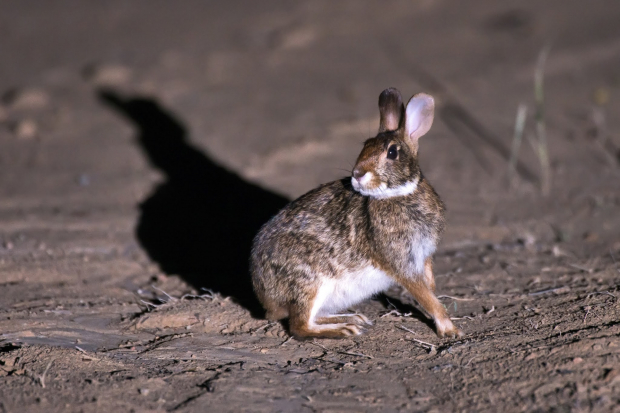
The tapeti (aka the Brazilian cottontail)
The tapeti is a small to medium-sized rabbit that can be seen from southern Mexico to northern Argentina. We don’t know much more about them than this, but they’re really adorable.
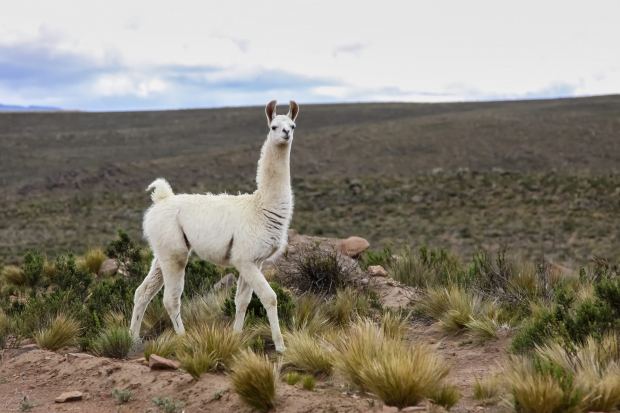
The llama
You’re not alone if you’ve been a big fan of llamas ever since The Emperor’s New Groove. This tamed camelid doesn’t have humps, however, it has a lot of attitudes (as you can also see from the picture). Even though it’s generally content to be a pack animal, assisting in the transport of huge goods over great distances, if a llama is overloaded, it will just refuse to move. They’ll simply lie down on the ground and spit, hiss, or even kick at their owners until they carry away some of their load.
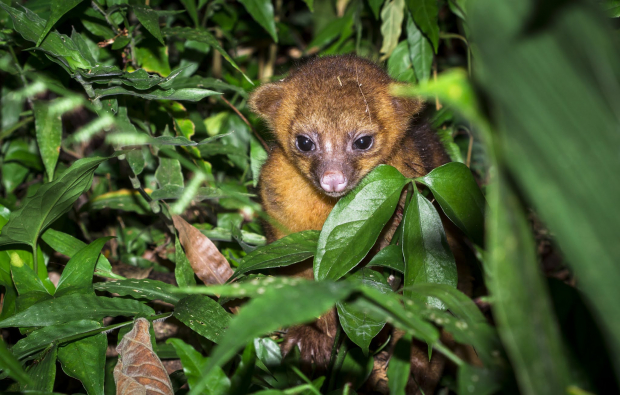
The kinkajou
Even though they don’t really look like Winnie the Pooh, the kinkajous are known as the honey bear because they love honey so much! These cute animals have no relations with bears or monkeys; they’re connected to raccoons (we bet you didn’t see that coming). Another name for kinkajous is “nightwalkers” in Belize since they are nocturnal.
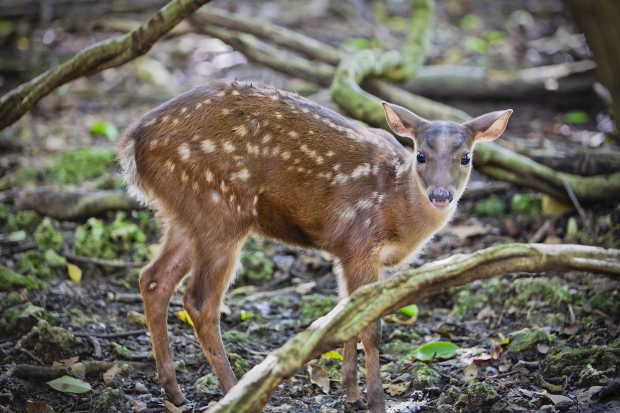
The red brocket
Say hi to Bambi! It’s fairly easy to spot a red brocket, don’t you agree? These animals can be found across South America from southern Mexico to northern Argentina (even though Bambi is probably from Canada). We don’t really know much about them since they’re a pretty elusive species, but we know one thing for sure: they are absolutely adorable!
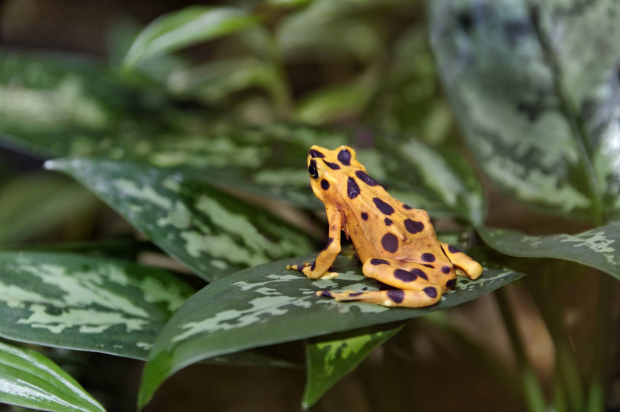
The Panamanian golden frog
Its unique golden color is successfully saying to predators, “Don’t come at me, I’m EXTREMELY toxic!!!” They are the most toxic Atelopus species, and they have enough toxins in a single one to kill 1,200 mice. Toxins are obtained by these gorgeous (yet lethal) frogs from the insects they eat in the wild. As a result, even though it’s very tempting to pet them, just prevent yourself from doing so. Sadly though, they are critically endangered, so the odds of coming across one in the wild are quite small.
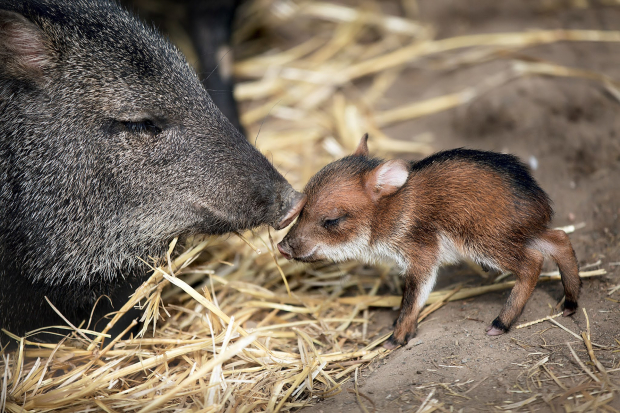
The peccary
We’re sure a peccary would find it offensive if you called it a pig. We say so, as they’re from a whole other species. The peccary is also a very intelligent animal. According to scientists, their intelligence is comparable to that of a dog, dolphin, or elephant.
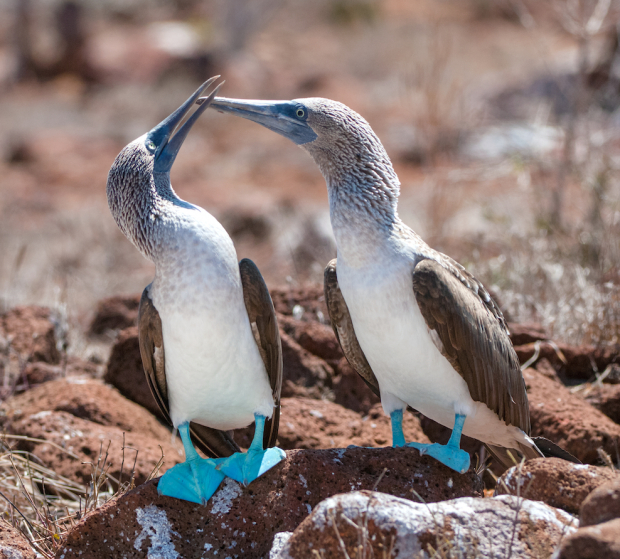
The blue-footed booby
We wish they made a film about these birds just like they did about penguins with Happy Feet. Their peculiar blue feet are also employed in mating rituals since male birds dance and show off their feet.
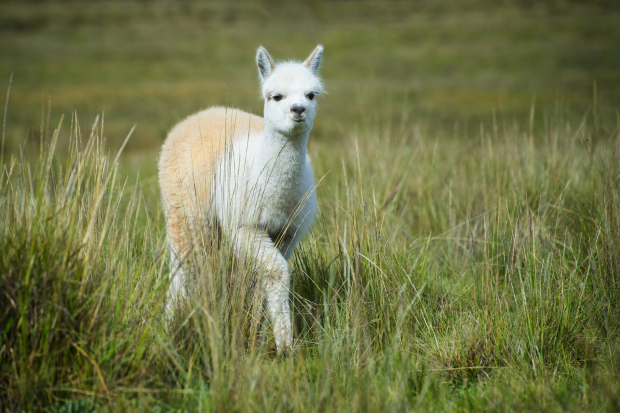
The alpaca
These tamed vicuna cousins are coated in a very silky fleece that is basically devoid of guard hair and comes in a variety of colors. Since alpaca hair is unbelievably soft fleece, it’s a commonly used material for high-end clothing. Alpacas are very gentle animals and they are very less likely to spit in your face compared to llamas or guanacos.
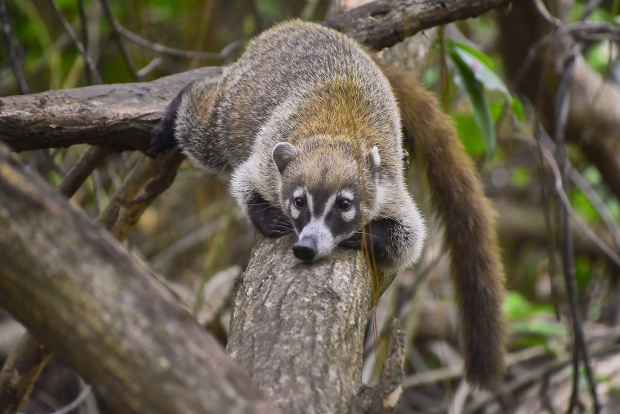
The coati
The coati looks like a raccoon, and it indeed is related to the raccoon. Different from its nocturnal cousin, the coati likes to hang out in the sun. It enjoys eating, so it’s very likely to see this animal munching on insects, fruits, rodents, lizards, or small snakes.
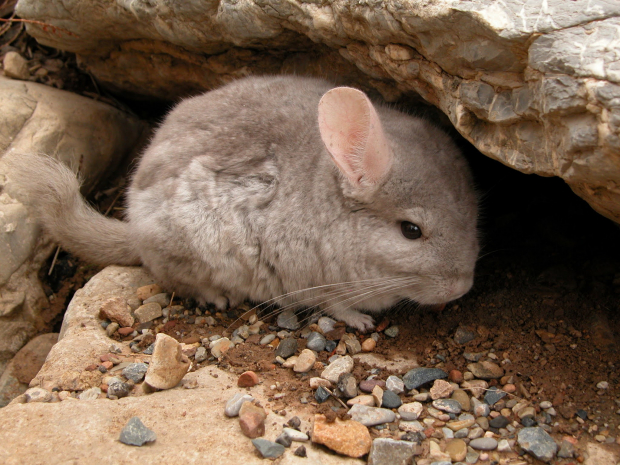
The long-tailed chinchilla
Long-tailed chinchillas are the softest tiny animals that you’ll ever get the chance to see. Actually, their fur is so thick that 60 hairs can grow out of only one follicle! This huge garment keeps them cozy and warm at high altitudes in the Andes. Sadly, wild chinchillas are endangered at the moment, owing to poaching-their soft furs are high in demand. They are also subjected to significant habitat loss and degradation in habitat quality.
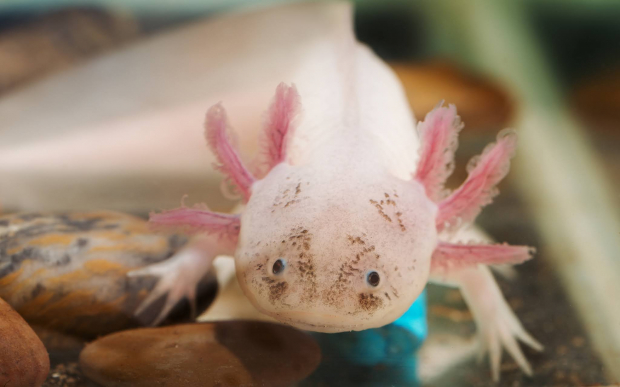
The axolotl (aka Mexican walking fish)
The axolotl is a peculiar salamander that keeps its larval characteristics throughout its adult life (so it kind of looks like a tadpole). You can even say it has a baby face! Unlike other salamanders, they spend their entire lives under water. In “extremely” rare situations, an axolotl will achieve full adulthood and go onto land. Sadly though, these cute animals are severely endangered and can only be found in Mexico City at Lake Xochimilco.
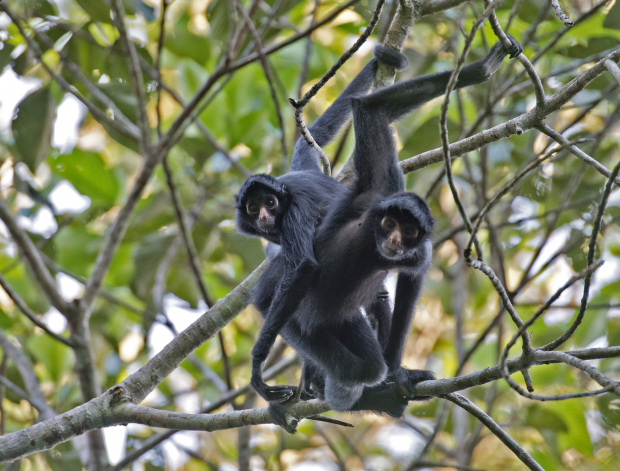
The spider monkey
These skinny and light-footed monkeys lack thumbs, but they have very long limbs, fingers, and tails that allow them to swing from tree to tree easily. It’s very possible to find them dangling from branches, clinging to them only with their tails (which gives them a spider-like appearance). Their fur is light-colored.

